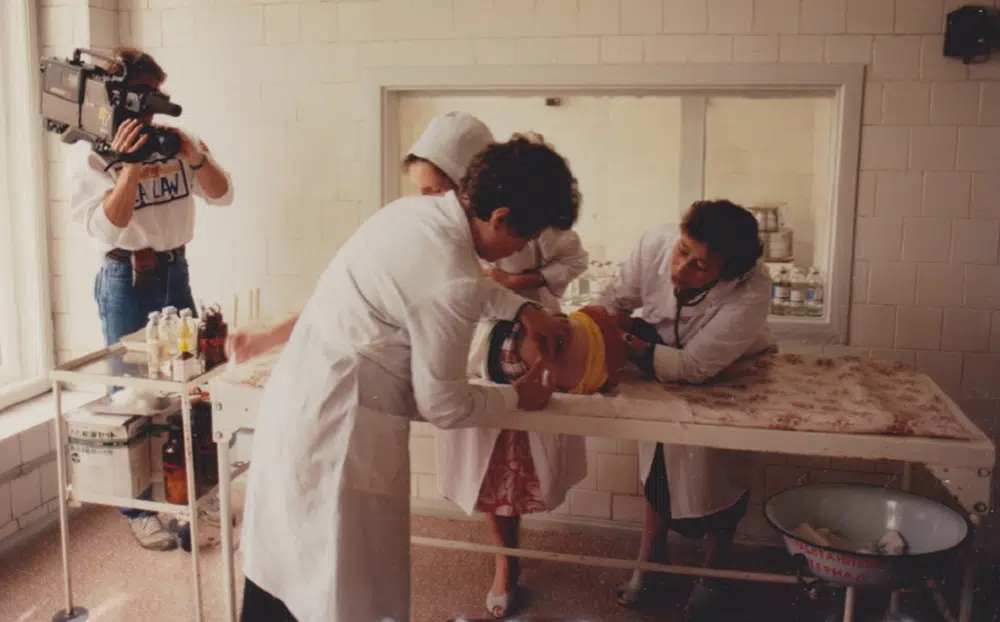
Almost 3 Decades Later, Local Film Producer Recalls Chernobyl Experience
LETHBRIDGE: Tuesday, April 26th, marked the 30th anniversary of the Chernobyl nuclear disaster in Ukraine. For most people, it was a catastrophic event that happened a great distance away and is far removed from their existence. However, there is a local connection.
An experience related to the event remains vivid in the mind of one man who was in the Chernobyl region four years after the incident.
Local businessman Jim McNally was among a film crew that travelled to the area to do a documentary for 2-and-7 Television.
The crew included McNally as producer/director, Lee Irvine on camera, Ian McDonald was the host and Ross Wells was the engineer. Igor Stern, a local businessman who initiated the project, was also with the group.


